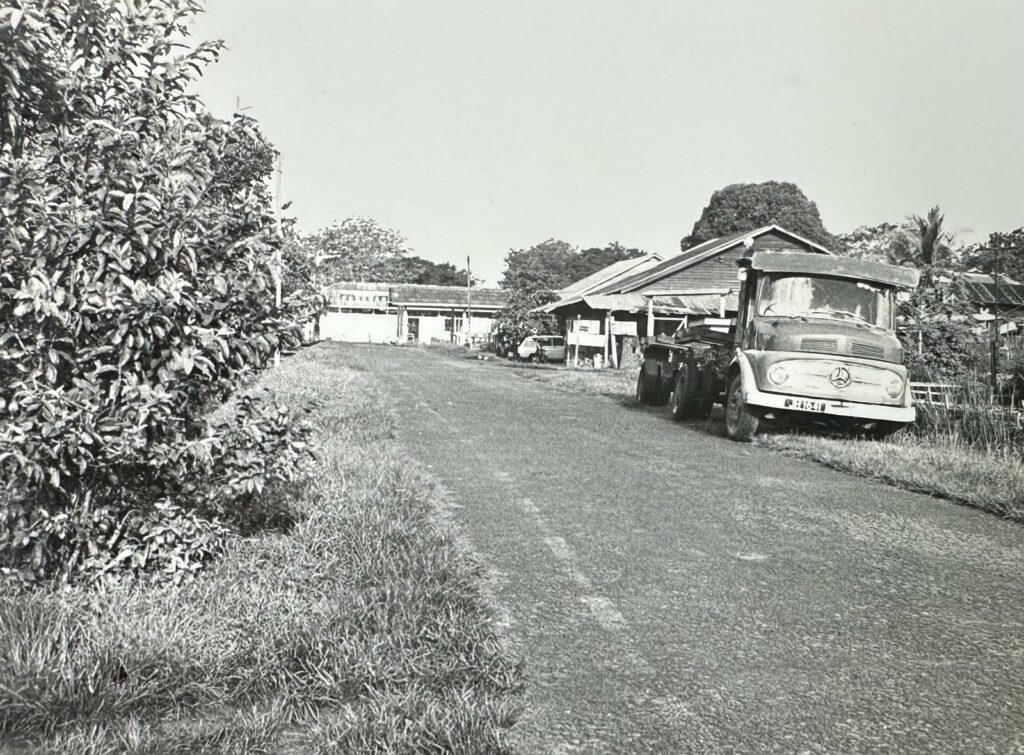
by Andy Lee
We’d always remember the good old days when we were young. For me, I’d often think of the great fun I had in my hometown in Segamat, Johor, at Kampung Abdullah, to be exact, whose early beginnings may even be light years before the Second World War.
The settlement was also reportedly cited as the “second biggest new village” in then Malaya in the early 1950s, an era where new villages were “mobilised” or “structured” in a deliberate attempt to counter the terrorist insurgency. Its first headman was Abdullah Isa, hence its name.
Kampung Abdullah or “Ahlola” as we’d say in our colloquial Hokkien or Hainanese dialect, is a hamlet with about 20,000 people dwelling in about 10,000 houses. The majority, close to 90 per cent, are Hokkien descendants of those who came from the Eng Choon (or Yong Chun) district of Fujian province of China years ago.
Within Kampung Abdullah nestled an “enclave” of Hainanese people often called “Hailam Koi” or “Hainam Koi” for Hainan Street near the village market while the official name is Jalan Soon Boon Seng.
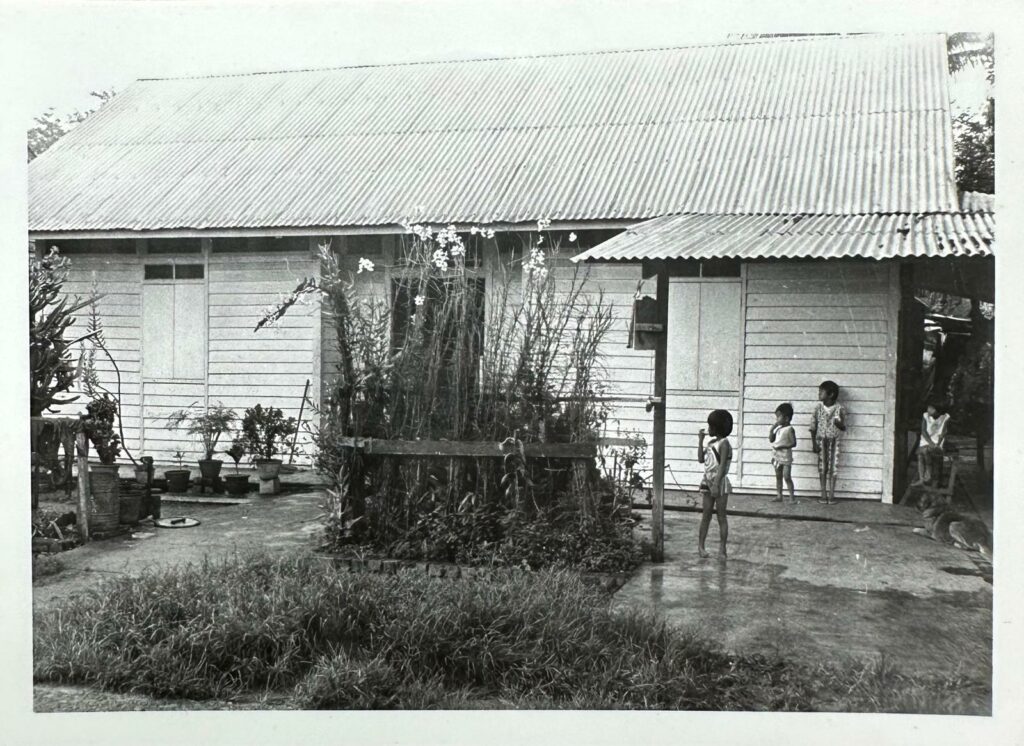
Along this street once lived our great grandparents, grandparents or or parents, who emigrated from Hainan island in southern China to the “South Seas” or Nanyang (Malaya, Borneo, Singapore, Sumatra, Java, etc) in the 1920s.
If I could remember correctly, there were about 12 traditional plank-built houses in Hainam Koi, based on the co-living system by about 20 families.
Somehow, I’d say that the power of technology does work wonders to bring people together if there is strong willpower. Earlier this year, two gutsy and bubbly women – Emily Wong and Woon Ah Yon — decided to create a chat group to attract and reconnect lost “veterans” for a get-together.
Sadly, several veterans had already “dropped off” (passed away) even before we had a chance to sip coffee together.
But Wong and Woon plodded on and planned for a June 29 gathering at the Tai Ah Restaurant, a popular Hainanese establishment. When the day came, it was a runaway success!
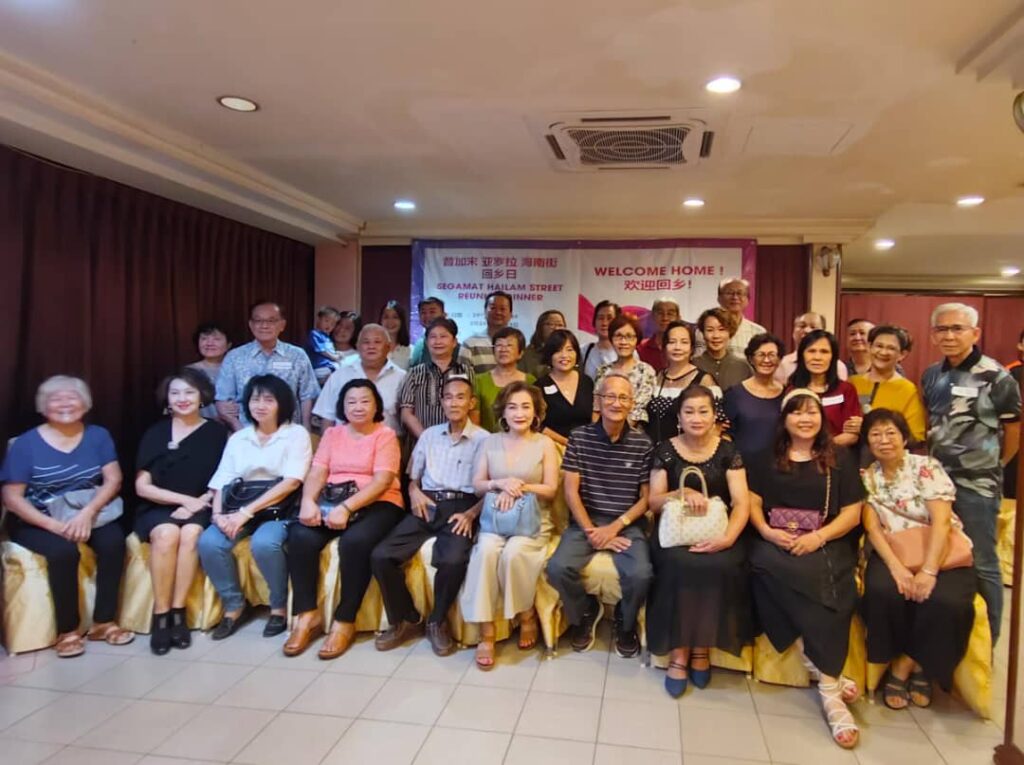
At the get-together, it was without doubt that the Woon clan became the “dominant force” as it had six families attending and this was followed by the Tan Clan.
“Original” Hainanese families from Kampung Abdullah now staying Singapore, Kuala Lumpur and Melaka also thronged the party in full force with their spouses from other dialect groups — Hokkien, Cantonese, Hakka, Teochew, etc – through inter-marriage!
Through their “SGT Hailam St” chat group, Wong and Woon initially thought they could only round up 20 people or so (two tables) who’d still remember “Hainam Koi” for the feast. It surprised them when the final tally was 12 tables at Tai Ah!
But we really missed Sally Woon Ai Keng and her late husband Major General Datuk Dr Chia Lip Ming, Head of the Medical Section & orthopaedic specialist at the Malaysian Armed Forces (Port Dickson Garrison). Both had registered to join but Dr Chia suddenly passed away from a heart attack after his prayers, just a week before the event.
We also missed the presence of three veterans due to health or old age issues. They were my uncle Dato’ Seri Lee Sey Liang (Jia Teck Industries Sdn Bhd in Klang); another uncle Peter Lee (Amway’s Crown Ambassador) and Prof. Chan Suan Tong, a genius in mathematics, being the first PhD holder in Segamat and elder brother of basketballer Chan Suan Ann. Prof Chan had retired as Professor of Mathematics at the National University of Singapore many years ago.
When I attended the gathering, I reckoned that it was a rare and wonderful chance for me to meet many Hainanese veterans and my peers as I hadn’t seen them for about 60 years. Why I had missed them was because I was “summoned” to Segamat town when I was in Form 3 and Form 4 to help out at my dad’s bustling Nam King Coffee Shop. Incidentally, my uncles Sey Liang and Peter were also “graduates” of Nam King.
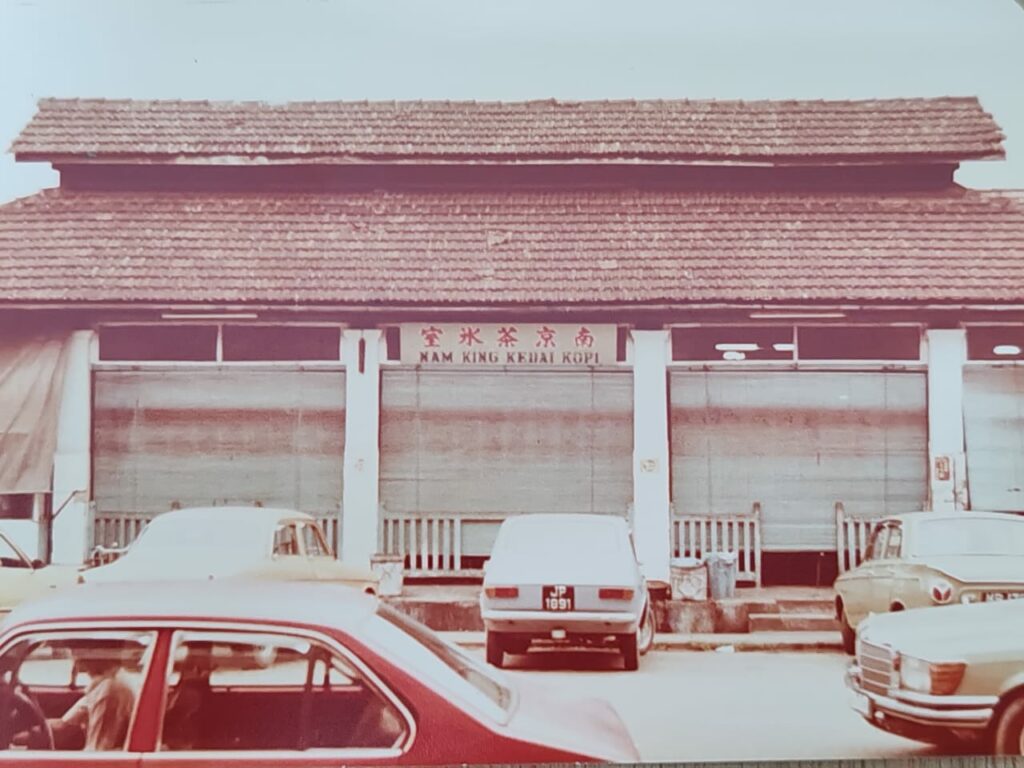
This meant that “it was work without pay” for almost 24/7 (minus the school, homework and sleeping hours!). My assistance was needed as Nam King then was a popular stopover for refreshments.
Two luxury coaches operated by the then Kuala Lumpur-Singapore Express (one coming from Singapore and another from Kuala Lumpur) would drop their passengers at my dad’s coffee shop for drinks and a snack or two.
It was way before the North-South Expressway was built and this meant that motorised traffic had to pass through Segamat. Nam King then was the oldest pre-war and largest coffee shop with enough capacity to accommodate passengers if both buses came about the same time as it took up seven shop lots!
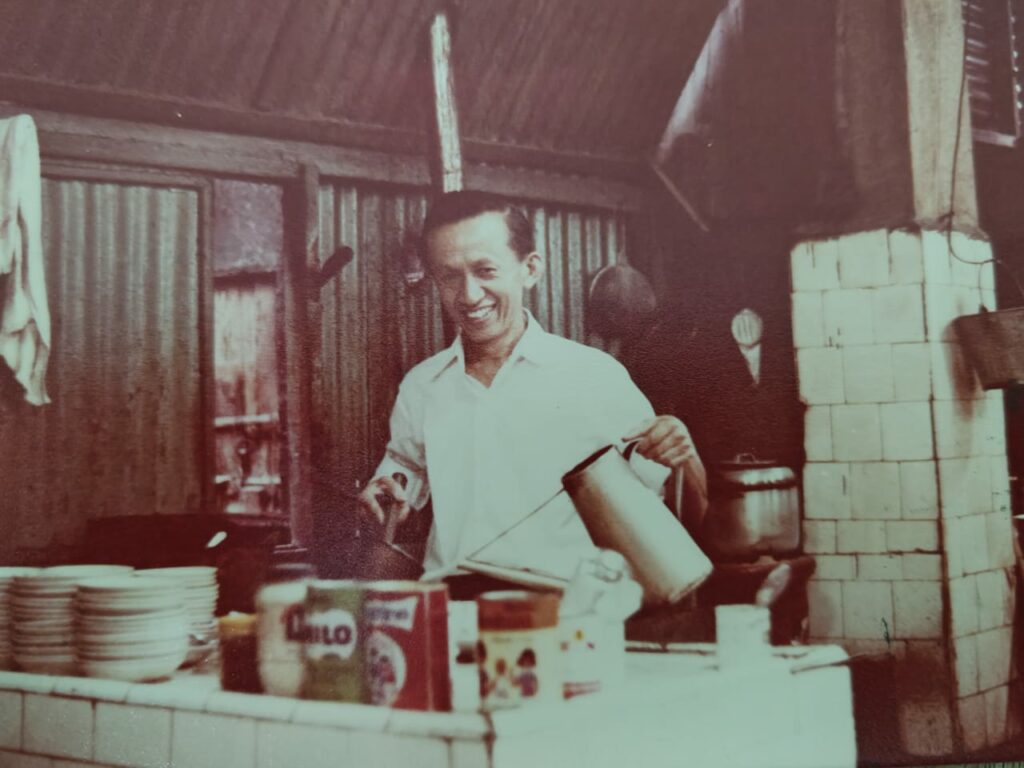
Nam King was located on a parcel of land (now redeveloped into 20-storey building) owned by a Hainanese leader and tycoon Quek Kai Kee, O.B.E., who built his fortune on properties, stage buses, biscuits, frozen food, and even supplying ammunition and food to the British Army.
Being pulled away to the town centre also meant saying goodbye to my regular pursuits of catching spiders and grasshoppers, or climbing coconut trees to pluck the nuts. It also ended my occasional secret missions to “borrow” sweets and candies from Tan Sri Lim Bah’s grocery shop located right in front of my house by sneaking in like a ninja warrior!
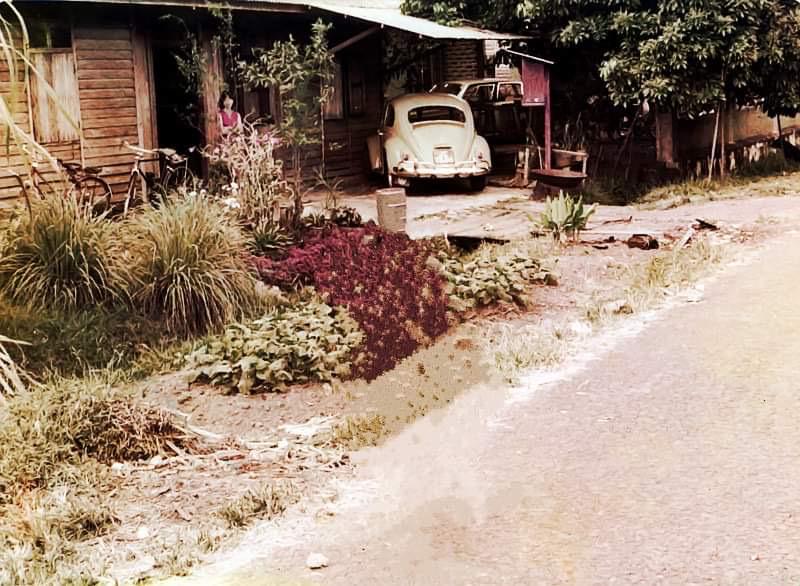
Today, Segamat district, located in the northernmost part of Johor, is estimated to have a population of almost 180,000. (It could be more).
It is believed that Segamat derived its name from the Malay phrase of ‘segar amat’, which literally translates into ‘very refreshing’.
According to local folklore, the phrase was uttered by Datuk Bendahara Paduka Tuan from the Sultanate of Malacca upon drinking water from a nearby river, now called the Segamat River.
That was in 1511 when Sultan Ahmad of Melaka, the Bendahara and their troops were retreating into Johor and Pahang after the fall of Melaka to the invading Portuguese forces led by Alfonso de Albuquerque.
While resting under a big tree after moving from Pagoh, the Datuk Bendahara asked for water from the nearby river to be brought to him. One of his followers, Selamat Gagah, scooped up the water in a container and gave it to the Datuk Bendahara who drank it completely because the water was clear, fresh and cold.
He then remarked that the water was ‘segar amat’. This led Segamat, which was originally known as Rantau Panjang, to be called Segamat at the turn of the 20th century until today.
Interestingly, Buyong Adil in his book “Sejarah Alam Melayu” wrote that Segamat was also one of the nine “states” that became a part of Negeri Sembilan at one time.
Martin Lister, the British Resident of Negeri Sembilan between 1895 and 1897, did mention that Segamat was one of the states that was said to be collectively known as Negeri Sembilan in the past.
In the later years, the British ceded Segamat to Johor and Ulu Pahang (Bera and Temerloh) transferred to Pahang while Beranang (Kajang, Semenyih and Hulu Langat) and Klang (Sepang and Kuala Langat) became part of Selangor excluding Lukut, which is now part of Port Dickson.